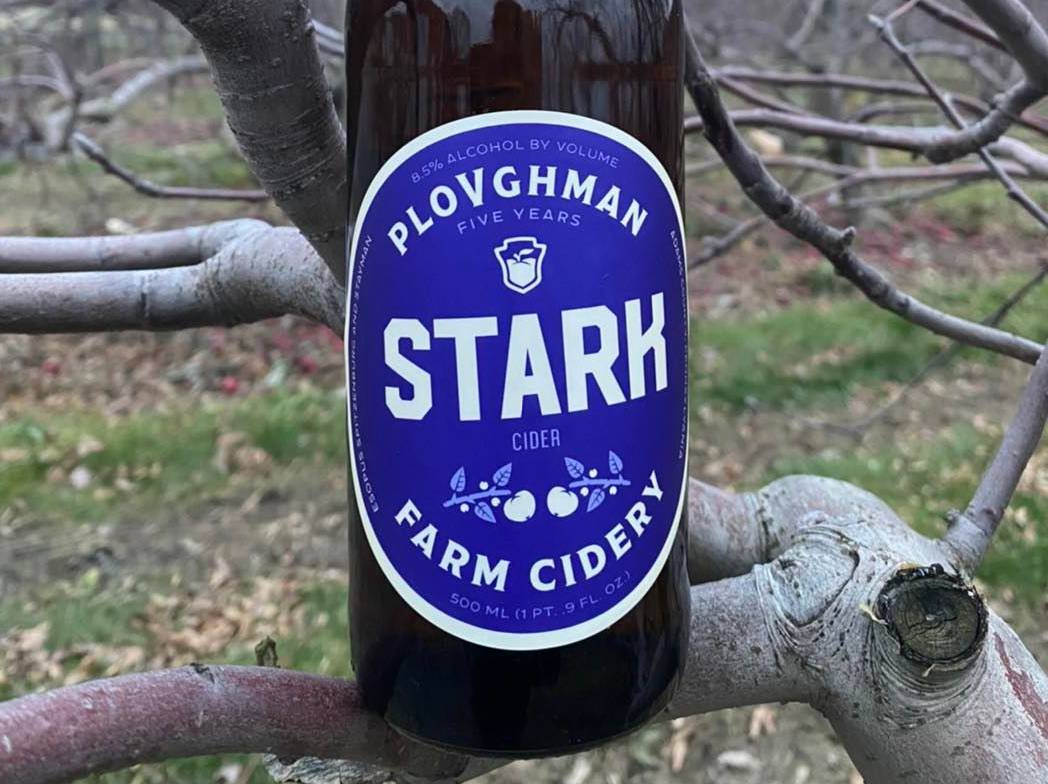
Just like there are so many types of apples beyond the ones in the supermarket, there are so many styles of cider beyond what you might expect! Here at the PA Cider Guild, it is one of our goals to help educate everyone about the amazing array of cider styles that are out there.
In order to illuminate the wide range of cider styles, it’s imperative that we establish and develop a consistent language that we use to talk about and sell ciders. We believe that our whole industry is strengthened with the use of standardized and shared terms.
In this series of blog posts, we’ll cover common cider styles and the vocabulary that accompanies them. We hope these posts will be helpful resources for local cider fans. In this installment of our Style Guide series, we’ll take a closer look at the category of Traditional Cider (formerly sometimes called Heritage Cider), using the American Cider Association’s Style Guidelines, as well as its Cider Lexicon Project, as sources.

Traditional cider is defined by the ACA as:
“Made primarily from the fresh juice of multi-use or cider-specific bittersweet/bittersharp apples and heirloom varieties; wild or crab apples are sometimes used for acidity/tannin balance.”
Generally speaking, traditional ciders will be higher in tannins and more complex than modern ciders. Traditional ciders are all about the cider-specific varietals of apples and production techniques used, and they can be found in regions all over the US, and in countries all across the world. You’ll find traditional ciders in Somerset and Herefordshire in the West Country of England; Normandy and Brittany in Northern France, the Basque and Asturian regions of Northern Spain and Germany (notably the state of Hesse around the the city of Frankfurt).
Apples commonly used in traditional ciders include Dabinett (bittersweet), Kingston Black (bittersharp), Roxbury Russet (American heirloom) and Wickson (crab).
More common characteristics of traditional ciders:
- Increased astringency, bitterness and complex aromatics
- Typically yellow to amber in color
- Range from brilliant to hazy, depending on the cider maker’s intention.
- Sometimes overlapping with harvest-driven ciders, which are made once a year from fruit that is picked and pressed close to their seasonally peak ripeness, grown, harvested, pressed, and made into cider as the fruit becomes ripe
- Packaged in cans and bottles.
Within the category, there is plenty of variation, as well. Notably, traditional ciders can range from sweet to bone dry, and can be still or carbonated.
For some great examples of Pennsylvania-made traditional ciders, check out the winners in the category from the 2021 PA Cider Competition.
2021 Traditional
- 1st Place: Good Intent Cider, Wickson Cider
- 2nd Place: Ploughman Cider, Dabinett-Roxbury Russet
- 3rd Place: Ploughman Cider, Stark

The complex aromas and flavors and tannic structure of traditional ciders make them a great crossover for adventurous wine drinkers. They are also great for debunking the notion that all ciders are sweet and fruity! Crack open a traditional cider, and you’ll find an up-close (and delicious) look at the nuanced ways in which heirloom and crab apples can express themselves.
When it comes to food pairings, rich and intense foods tend to do best with traditional ciders’ tannins and acidity. Anything creamy and cheesy, like cacio e pepe or fancy mac-and-cheese is a hit, as are earthy roasted or caramelized root vegetables. Garlic and spice-forward dishes, like Pad Thai or pimento cheese dip, can play well with traditional ciders, and so can garlic-spiked tomato bites, like bruschetta or tomato pie. At brunch, try it with a frittata or quiche filled with strong cheese, and mushrooms, potatoes or onions, or all three!
Traditional ciders can be more expensive than modern ciders, which many cider fans see as a worthy investment considering how they showcase a more complex side of cider!
Hopefully, this has been a helpful style guide to traditional cider! We’ll have plenty more posts about other cider styles, coming soon to the blog.
For more information on the Pennsylvania Cider Guild, or to join us as a member, visit our website, follow along on Instagram and Facebook and subscribe to our email newsletter for updates.